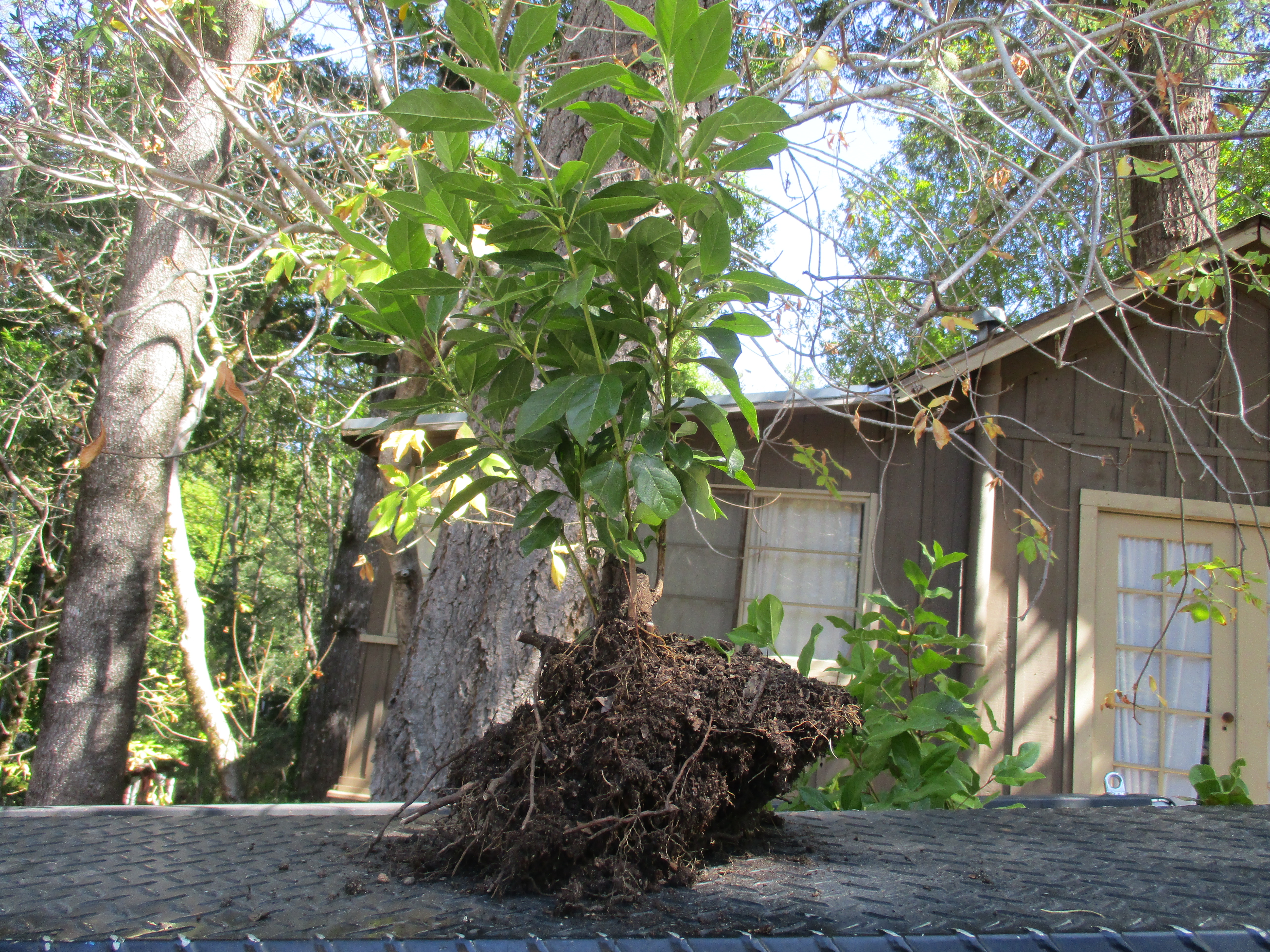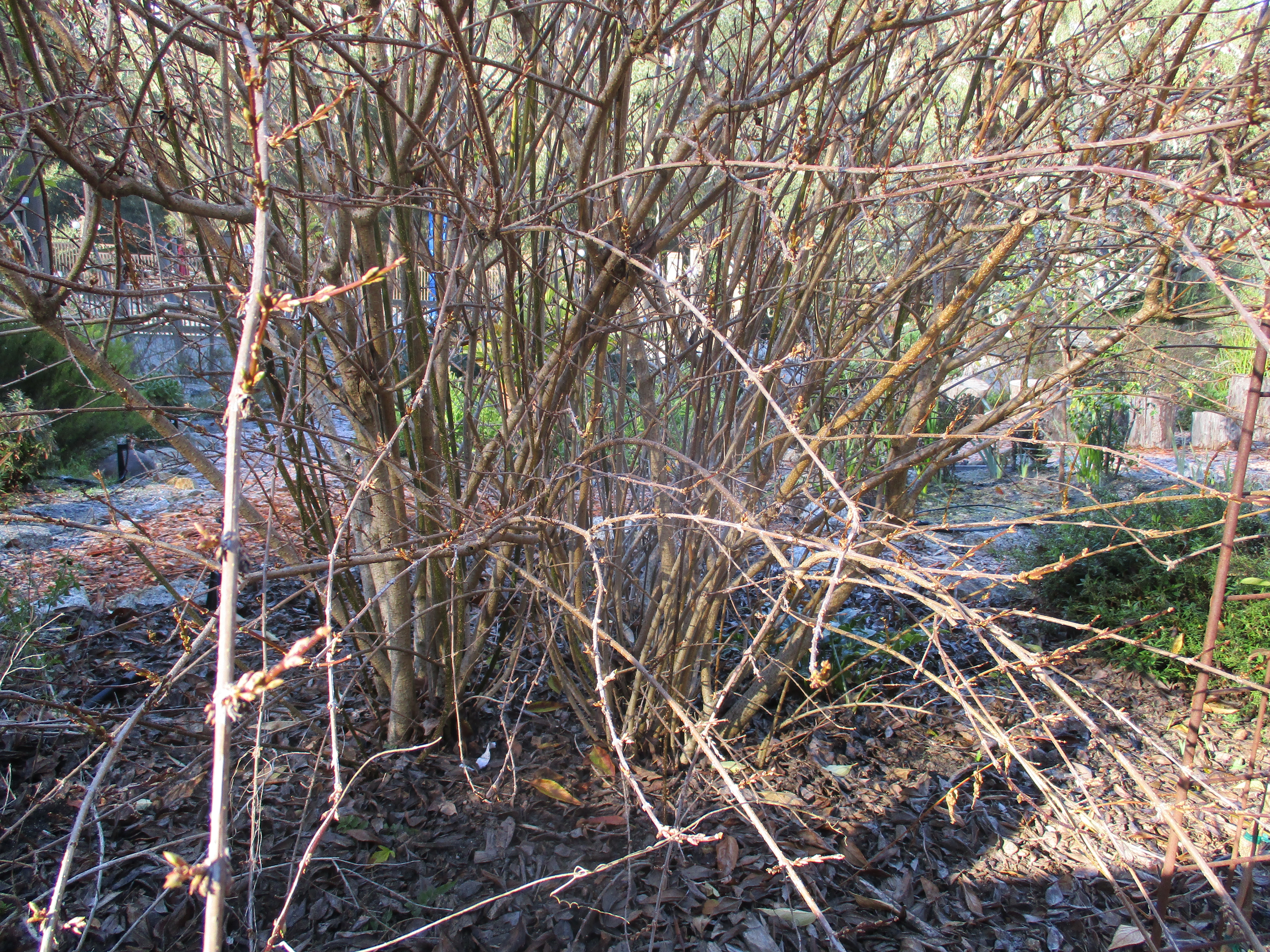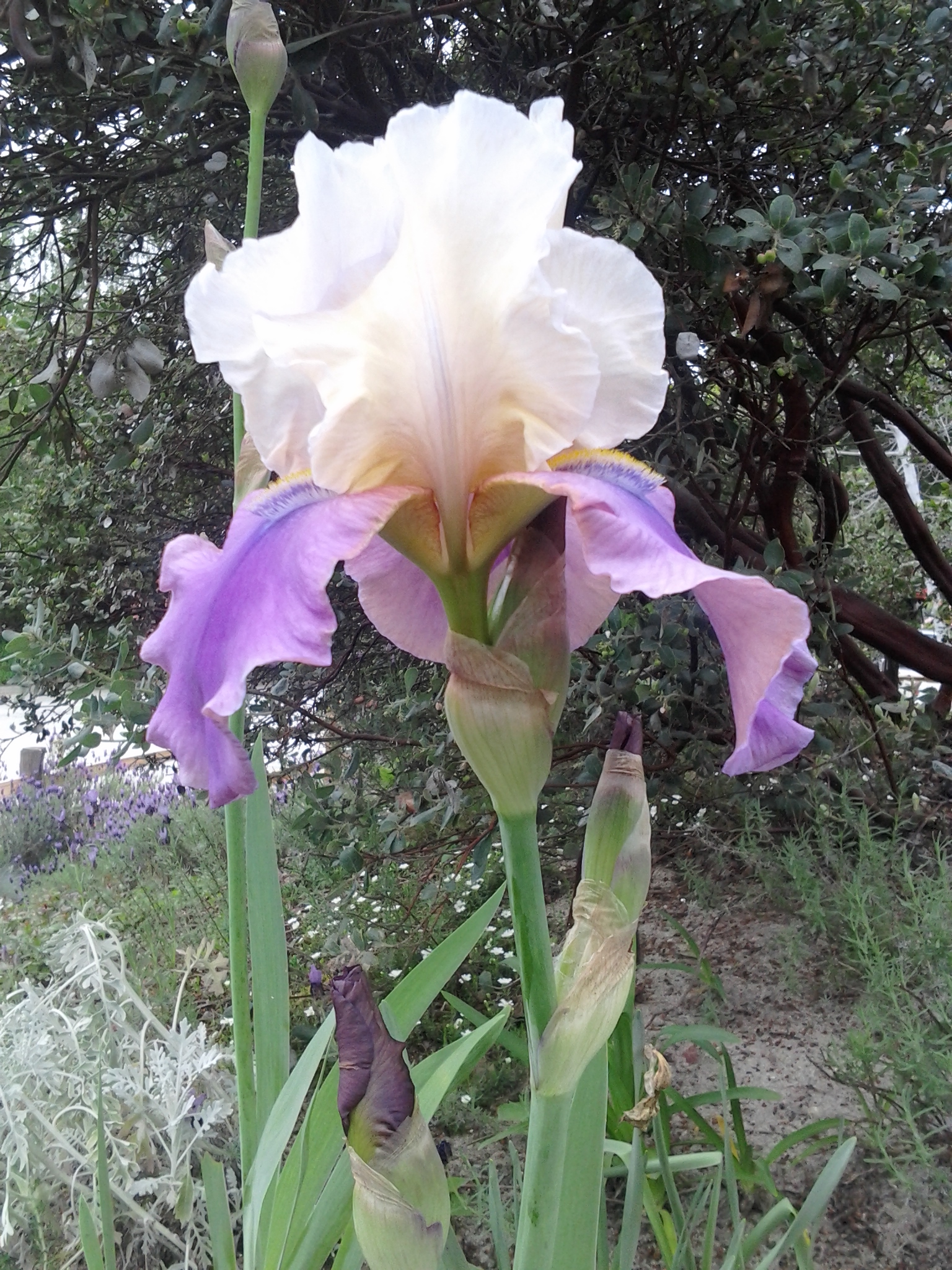
Most of the favorite houseplants are grown for dense evergreen foliage. Stems of Chinese evergreen, anthuriums, bromeliads and most ferns should never be seen. Yet, there are many houseplants that grow like small trees or coarse vines. Various ficus, dracaenas and philodendrons can get too big for their situations if not pruned. Palms can not be pruned down, so can only be moved or given to friends with higher ceilings.
Pruning and discarding overgrown but slowly growing stems seems like such a waste. Technically, stems from almost any overgrown houseplant can be rooted as cuttings. In reality though, most rot before they develop roots.
‘Air layering’ is probably the most efficient technique of propagation of houseplants from overgrown stems. It involves rooting the stems while still attached to the original plant. In the end, an unwanted stem gets pruned away as a freshly rooted new plant.
Air layering needs a bare and manageable section of stem that is at least a few inches long. This section does not necessarily need to be where the stem will eventually get pruned away from. It can be a bit higher (or farther out from the origin) if a shorter copy (new rooted plant) is desired. The extra length of stem in between can be pruned out when the copy gets separated.
The stem should be notched up to a third of the way through. This notch will develop roots better if rubbed with rooting hormone. A big wad of wrung out damp sphagnum moss a bit larger than a softball then gets wrapped around the notch, and then wrapped in plastic film. A cut up freezer bag should work nicely. The bag should be held in place with plant tie tape or something as simple as electrical tape, wrapped firmly around the stem above and below the sphagnum moss. Smaller stems can get smaller wads of sphagnum moss.
Unfortunately, there is no way to disguise the unappealing wrapped moss during the few months that may be needed for roots to develop. Eventually, roots become visible through the plastic, or the moss becomes firm with roots. The newly rooted stem can then be cut below the roots, unwrapped and potted as a new copy of the old houseplant. The stub below can be pruned away, or left to develop new shoots.



 Hooey! It’s a bunch of hooey! Sweet pea seed that gets sown this time of year for next spring does NOT need to be soaked before sowing. In fact, unless there is some strange species of plant that has become that dependent on human intervention, NO seed need to be soaked prior to sowing. Not only is the technique completely unnecessary, but it is completely unnatural as well.
Hooey! It’s a bunch of hooey! Sweet pea seed that gets sown this time of year for next spring does NOT need to be soaked before sowing. In fact, unless there is some strange species of plant that has become that dependent on human intervention, NO seed need to be soaked prior to sowing. Not only is the technique completely unnecessary, but it is completely unnatural as well.











 Mathematically, division is the opposite of multiplication. Horticulturally, they are the same. Digging and splitting overgrown perennials to propagate them is known as ‘division’ because it divides many rooted stems or rhizomes of one plant into many new plants. Division is a form of propagation; and propagation is commonly known as multiplication. So, we divide plants to multiply them.
Mathematically, division is the opposite of multiplication. Horticulturally, they are the same. Digging and splitting overgrown perennials to propagate them is known as ‘division’ because it divides many rooted stems or rhizomes of one plant into many new plants. Division is a form of propagation; and propagation is commonly known as multiplication. So, we divide plants to multiply them.